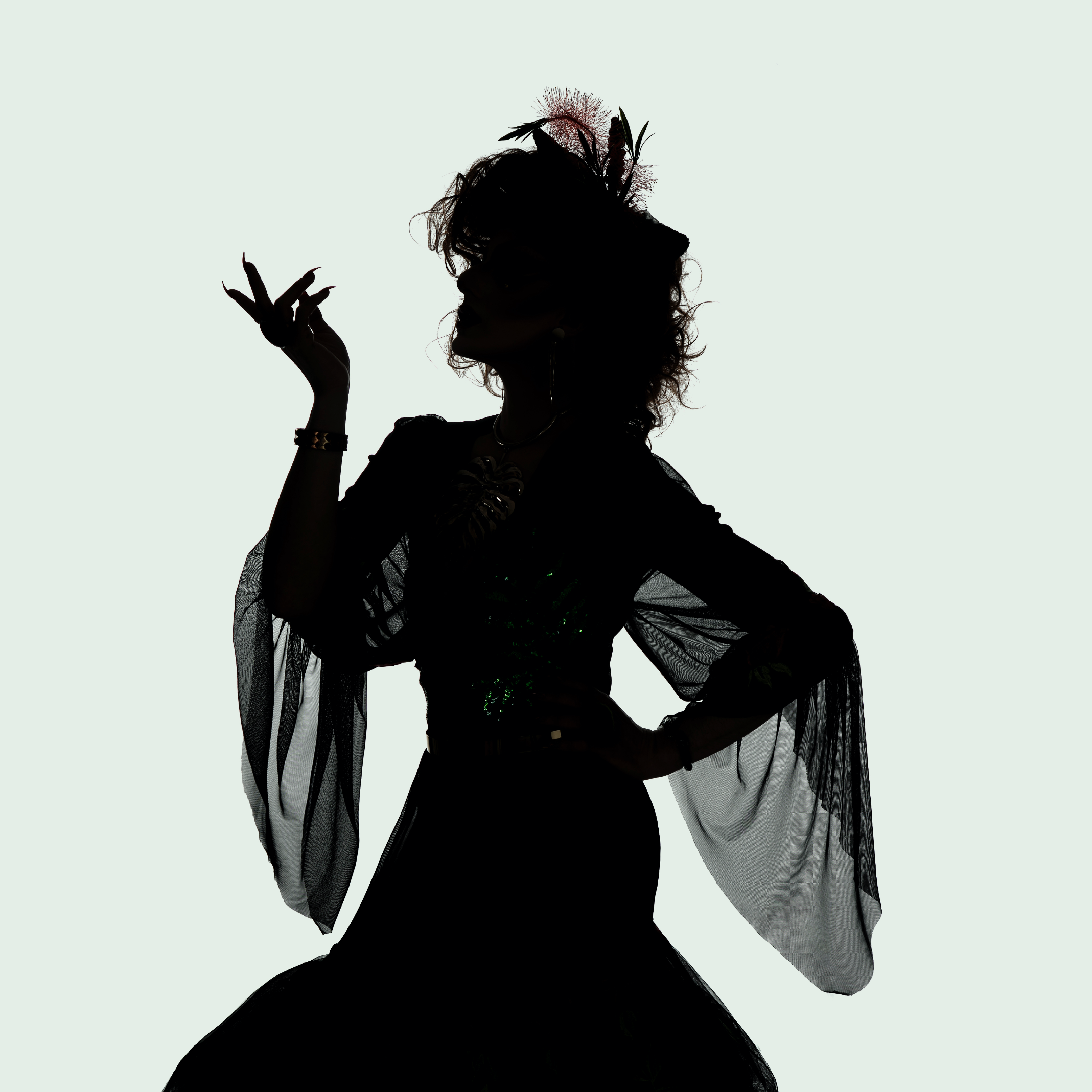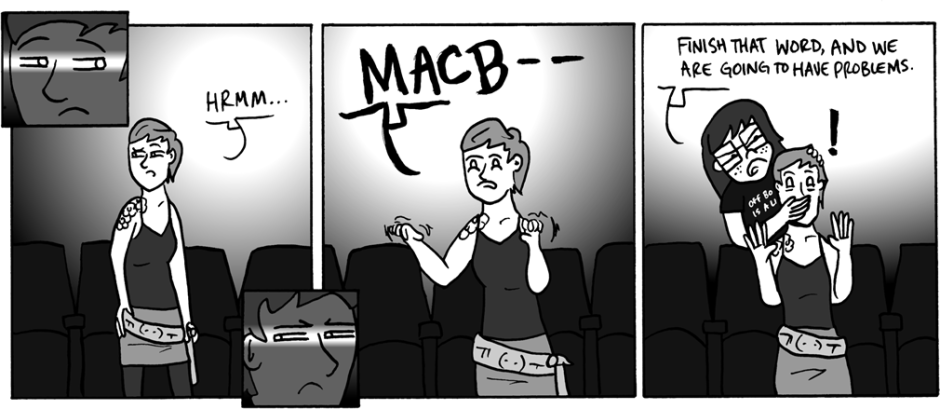The Curse
of the Scottish play
For actors Macbeth is referred to as the Scottish Play or the Bards play. Evoking shades of Voldemort it is the Play that Shall not be named. The Play is shrouded in superstition and the fear of evoking the “curse” by mentioning the name Macbeth in a Theatre continues to this day.
Belief in the occult and witches during Shakespeare’s Time
Macbeth was first performed around 1606 and the belief in witches and witchcraft was vastly different to today. King James the VI of Scotland who later became King James 1st of England was obsessed with witchcraft, perhaps in response to his mother (Mary Queen of Scots) forced abdication, imprisonment and execution.
Examples of his obsession include the largest and most high-profile witch trials in Scottish history in 1590. No fewer than 70 suspects were rounded up in North Berwick, on suspicion of raising a storm to destroy King James’s fleet as he conveyed his new bride, Anne of Denmark, across the North Sea.

In 1597 he became the only monarch in history to publish a treatise on witchcraft. Daemonologie (literally, the science of demons) was the result of painstaking and meticulous work on James’s part, and must have taken years to complete.
It is important to remember that ordinary people everywhere believed in devils, imps, fairies, goblins and ghosts, as well as other legendary creatures such as vampires, werewolves and unicorns.
When he became King James 1st of England his new subjects were eager to curry favour with him by echoing his hatred of witches. In the same year that the new Witchcraft Act was passed, Christopher Marlowe’s dark morality play, The Tragicall History of the Life and Death of Doctor Faustus, was published. This had first been performed in around 1588, five years before the playwright’s death, and was one of the most shocking portrayals of witchcraft ever to be performed.
But the most famous of all the literary works inspired by King James believe in witchcraft, was Shakespeare’s Macbeth. Deliberately short in length (James was known to have little patience for sitting through long plays), it is significant that the occasion of its inaugural performance was a visit by Queen Anne’s brother, the king of Denmark, in 1606, given that it was James’s voyage to his wife’s native land that had prompted his obsession with witchcraft.
Shakespeare wove in several references to this voyage in the play, such as when the First Witch claims that she set sail in a sieve, just as one of the North Berwick witches was accused of doing. The line “Though his bark cannot be lost/Yet it shall be tempest-tossed” almost certainly alluded to James’s near-death experience in 1589.
So we know that during Shakespeare’s time the belief in witches was very prevalent but where did the Idea of a Curse come from and how has it evolved over time?
According to legend in the original production, one of the lead actors came down with a fever (or some reports say he was stabbed) a few days prior to the play’s opening and died. This death apparently started the curse in motion.
A coven of witches is said to have cursed the play for eternity in revenge for Shakespeare’s inclusion of spoken spells with ingredients such as an adder’s forked tongue, the eye of newt and a frog’s toe.
The Curse in Action:
- In 1849 there was a riot in New York City’s Astor Opera House, caused by rival productions of the Scottish play. Twenty-two people died, including some who just happened to be walking past the theatre. Glass-and-bottle armed fans of American actor Edwin Forrest descended on Astor Place, where English actor William Macready was performing his version of Macbeth. The two sides clashed and Macready fled, never to return to America again.
- For actors in particular, the very popularity of the play itself can be doom-laden. Traditionally, theatre owners would replace struggling productions with Macbeth, a proven box-office draw. Actors in any other play feared any mention of Macbeth because it usually spelled the end of their present job.
- In 1721, a disgruntled audience member burned a theater down during a production.
- In 1882, an actor accidentally stabbed another actor on stage during one of the fight scenes.
- In 1900, a production in Moscow was doing a dress rehearsal. An actor forgot his line and called for a prompt, but the prompter did not respond. The prompter then slumped over and died. The company was so shaken that they canceled the production.
- In 1928, the entire set collapsed on stage during a production in England injuring several cast members.
- During a 1934 production, an actor suddenly became mute on stage. He soon developed a high fever and was hospitalized.
- In 1936, Orson Welles staged his Haitian “voodoo MACBETH” using real witch doctors. Theatre critic Percy Hammond gave the production incredibly negative reviews and then died several days later.
- During a 1937 production in England, the theater’s director died of a heart attack and Laurence Olivier, who was playing MACBETH, was almost killed by a falling sandbag.
- Supposedly also during the Lawrence Olivier run, a sword flew off the stage and stabbed one of the audience members.
- In a 1940s US production, one of the actresses thought it was silly that Lady Macbeth did the sleepwalking scene with her eyes open. She closed her eyes during the scene and fell 15 feet off the front of the stage.
- In a 1942 production, 3 actors died during the production’s run and the set designer committed suicide.
- In 1954, Charlton Heston suffered burns during a production from his tights being mysteriously covered in kerosene
- And a Russian film version was canceled when several crew members died of food poisoning
BREAKING THE CURSE
So how can you avoid catastrophe if you utter the play that shall not be named? Exit the theatre, spin around three times, spit, curse and then knock on the theatre door to be allowed back in…





